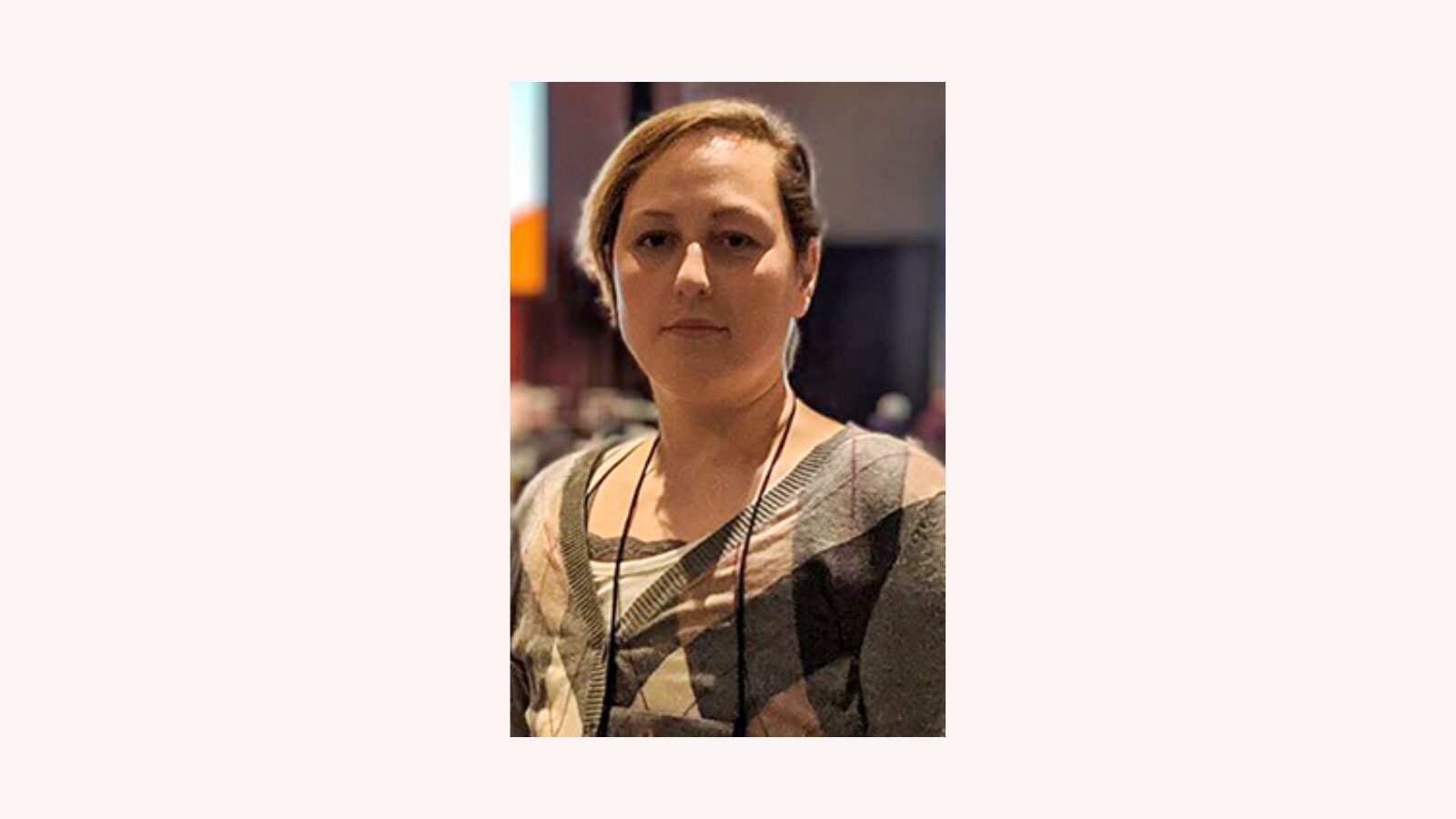Why I Advocate for Aesthetic Flat Closure
5 MINS to read

I was diagnosed with breast cancer shortly after having my second baby in three years. Because I was young and the cancer was locally advanced, I had the “kitchen sink” treatment. Chemotherapy, radiation, estrogen therapy, biologic therapy, and a double mastectomy. My goal was to survive my treatments and get back to my family as quickly as possible, so I chose to go flat. Simple, one and done.

I had learned via Flat & Fabulous on Facebook that sometimes instead of a flat result, women wake up to extra tissue “in case you change your mind,” but in my naivete, I chalked this up to poor communication. So I made sure my wishes were crystal clear. I brought on a plastic surgeon to do a clean closure. I brought photos, my husband as a witness, and made sure that “smooth, flat result” was in my medical record.
I believed that I had done my diligence. But on surgery day as I was lying in the operating room, I heard the plastic surgeon say those same words. “I’ll just leave a little extra in case you change your mind.” And there was nothing I could do to protect myself. When I awoke in the recovery room, I knew exactly what had happened… and that it was done intentionally. On the Facebook group, there was a general sense of resignation that this was a “fact of life.” Regrettable, but fixable.
While recovering from surgery, I began voicing my complaint at the hospital. I was met at every turn with gaslighting, stonewalling and refusal to help. On my last day there, I made a decision that would be a turning point in my life. I knew that the hospital was trying to sweep the misconduct under the rug. And I thought to myself, I’m not going to let that happen. I walked into the CEO’s office with Facebook live recording, whipped off my shirt, and demanded to speak with the CEO. Even as I was dragged out by campus police, I held onto the hope that if I just showed them the plain facts, that they would act to protect patients. Sadly, they did not.
So, I began doing regular sidewalk pickets topless in front of the CEO’s office. The movement quickly picked up steam. I was interviewed on the local news. Women’s health journalist Catherine Guthrie wrote an expose on sexism in medicine for Cosmopolitan magazine featuring my own story along with two other women, and we appeared together on The Today Show to talk about flat denial on the national stage. In the two years that followed my sit-in, I grew my organization, which now had a name and a website: Not Putting on a Shirt (NPOAS). I built out a solid collection of information, tools and resources to empower women to protect their choice to go flat. And I presented my research poster on going flat at the San Antonio Breast Cancer Symposium.

In 2020, now a 501(c)(3) nonprofit, NPOAS has seen some breakthrough advocacy successes. Our legislative advisor, Charen Fegard of Vermont, introduced the first bill in history addressing insurance coverage for revision surgery. Then the Oncoplastic Breast Consortium added “optimal flat closure” to their mission, in a historic official recognition of flat closure as a valid reconstructive choice. And this Spring, the National Cancer Institute added “aesthetic flat closure” to their Dictionary of Cancer Terms, defining it as reconstructive contouring of a smooth flat chest wall.
The importance of “aesthetic flat closure” cannot be overstated. Before, women struggled to communicate their wishes to their surgeons – and that ambiguity was weaponized by my surgeon, and others (1 in 20 women going flat, in fact). But now, women have clear language with the weight of the NCI behind it. This ensures providers understand exactly what patients want. And because clarity is a vehicle for accountability, it has the potential to end intentional flat denial altogether.
But there’s more work to be done. Right now, we are working to spread the word. Look for “aesthetic flat closure” to appear on major breast cancer informational platforms nationwide – and beyond. As we continue to build the coalition to protect women going flat, working with flat advocates and institutions around the globe, our case is very simple: we need parity for flat closure. As my colleague Christy Avila says, #theflatrevolutionisnow.

Kim Bowles is a scientist, artist, mother of two, and founder of Not Putting on a Shirt. She decided to go flat in 2017 as part of her breast cancer treatment plan, but her plastic surgeon intentionally left her with excess tissue to facilitate reconstruction. Kim went public with her story, and upon realizing that flat denial is a systemic problem requiring institutional change, decided to invest in pursuing parity for flat closure and helping women protect their choice. Kim has been featured in Cosmopolitan magazine, Women and the World, on the Today Show, and more.